How to use the breath to avoid stress
How often have you been ambushed by something scary or stressful, and reacted in a knee-jerk way? Nine times out of ten, that knee-jerk reaction is something we live to regret later, once the stress has dissipated.
Have you ever heard of something called BRWFA? It’s a wonderful technique that I learned at the Kripalu Centre for Yoga and Health in the United States. It helps you to get a handle on how you react to certain situations. It’s really easy to learn, too; there are only five steps. If you follow them you will find that you are able to take time and evaluate a stressful situation and then react – rather than the usual human response of an explosive reaction followed by regret later on.
Here are the steps:
An external situation occurs, to which you are likely to react. Focus on taking energy into the heart immediately, and then:
- Breathe into the heart
- Relax with the breath – deep heart breathing
- Watch the sensations that occur
- Feel where the energy is going, and ask yourself, “am I reacting?”
- Allow – after breathing and relaxing with the breath, watching what is happening, feeling action or reaction. Allow yourself to act from your higher self by remaining in the heart with the breath.
Finally, keep asking yourself: What would love do now?
When we make the effort to come at an issue from a place of love, rather than of fear, it can completely change how we react. Love is open and confident and calm. If we react to our stressful situations with love, we can make a conscious decision to react positively and thoughtfully, eliminating the fearful knee-jerk reaction we’d all rather avoid.
I won’t lie; this is not easy to master. When faced with something stressful, we automatically switch to survival mode; that fight or flight response is what allowed cave men to outrun predators. These days, the fight or flight response usually raises its head to more modern problems, like arguments or road rage. It’s in our genetic makeup to have an instant gut reaction to our stress, and then follow through on that reaction.
BRWFA is something that requires discipline. In that split second when you want to shout or walk away, or something worse, it’s hard to stop and ask yourself, “what would love do now?” It’s so very tempting to just carry on with your gut response. But if you can stop and at least ask yourself the question, you can prevent that standard stress response from taking over, and begin to work through the five steps of BRWFA.
So, what would love do now?

Thank you very much for the BRWFA! By the way, is the deep heart breathing you mentioned here similar to the breathing you do to relax yourself from panic attacks? Would the BRWFA method help anyone experiencing panic attacks relieve their stress levels also?
Yes, deep breathing and using this process will really help anyone who has panic attacks. Glad it helped! Have a wonderful day.
Deep breathing will certainly help with muscle spasms and any trauma. Let me know how you get on.
I don’t suppose it makes much difference, but as I recall, we referred to BRFWA at Kripalu – feeling first, then watching and allowing. Also makes it easier to pronounce the combination of letters.
Jai Bhagwan.
Yes, that’s where I learned BRFWA at Kripalu.